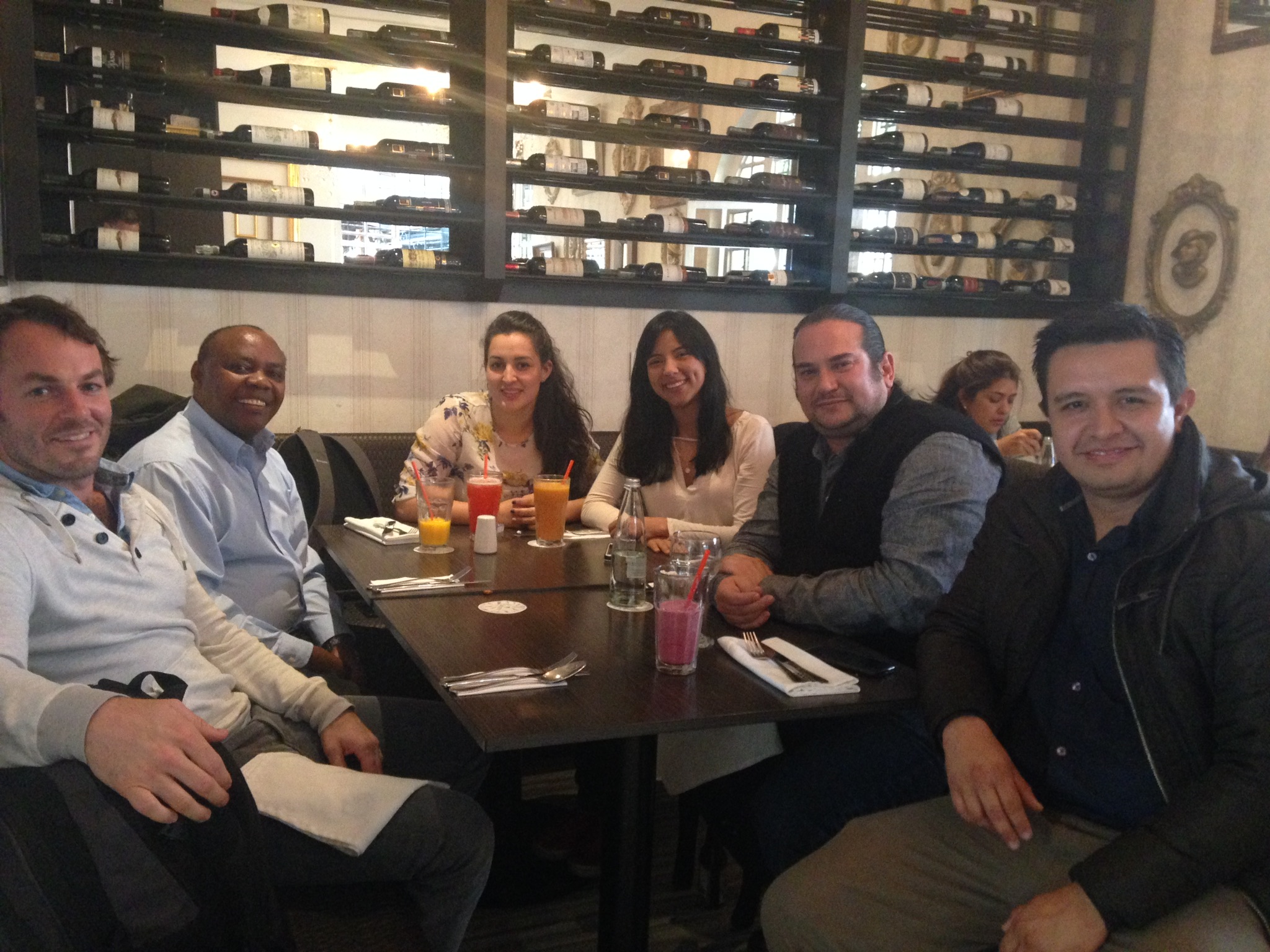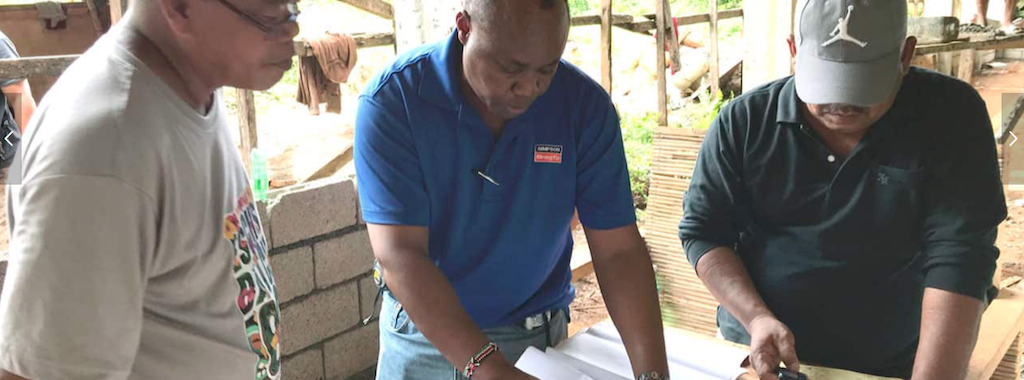This week’s post was written by James P. Mwangi, Ph.D., P.E., S.E. — our first annual Simpson Strong-Tie Engineering Excellence Fellow with Build Change. As part of his fellowship, he’s submitting reports about his work supporting the Build Change initiative. This is the third in a series of four.
I spent the final weeks of 2017 finishing my assignment in Colombia before heading back to California, where I worked until the middle of March 2018.
The entire period in Colombia was spent supporting their technical team. My activities included the following:
- Red-marking Build Change construction details used in conjunction with the Build Change Manual.
- Addressing and validating the factors used in the design.
- Using ETABS analysis software to investigate the performance of incremental retrofit in one-story building methods such as these:
- Building with a heavy (rigid) roof and unreinforced masonry walls
- Building with a light (flexible) roof with a ring beam and unreinforced masonry walls
- Building with unreinforced masonry walls with no plaster and either rigid or flexible roofs
- Building with unreinforced masonry walls with plaster on one side and either rigid or flexible roofs
- Building with unreinforced masonry walls with plaster on two sides and either rigid or flexible roofs
- Building with confined masonry walls with either rigid or flexible roofs
Nonlinear time history analysis was conducted using the 1994 Northridge earthquake with a magnitude, Mw = 6.69 and a peak ground acceleration of 0.686g recorded at the Sylmar Station, which is similar to the ground motions expected for Colombia. The performance was evaluated in terms of building stiffness (drifts) to distinguish between immediate occupancy (IO), life safety (LS) or collapse prevention (CP) based on FEMA 356 provisions. The strength was evaluated by analyzing the in-plane shear capacities of the participating masonry shear walls
- Developing a retrofit card for unreinforced masonry / confined masonry one-story buildings (with heavy and/or light roof) in Colombia.
- Attending the California Polytechnic’s Architectural Engineering (ARCE) Department Structural Forum where Elizabeth Hausler (Build Change founder and CEO) was the keynote speaker.
Coordinating a meeting between Simpson Strong-Tie engineers in Pleasanton or Chile and Build Change engineers in Colombia or Build Change headquarters to discuss the possibility of using Simpson Strong-Tie® products in the retrofit of informal-housing masonry buildings in Colombia. As things stand, local approval requirements in Colombia may delay the use of such products until a future date.

James with the Build Change team in Bogota, Colombia

L–R: James, Alan Hanson (Simpson Strong-Tie Outreach Coordinator), Allen Estes (ARCE Dept. Head) and Elizabeth Hausler (Build Change Founder and CEO) at ARCE Structural Forum
If you would like more information, please don’t hesitate to contact me at james@buildchange.org to find out in what part of the world I am during the rest of my one-year Build Change fellowship .
Previous Build Change Report:


